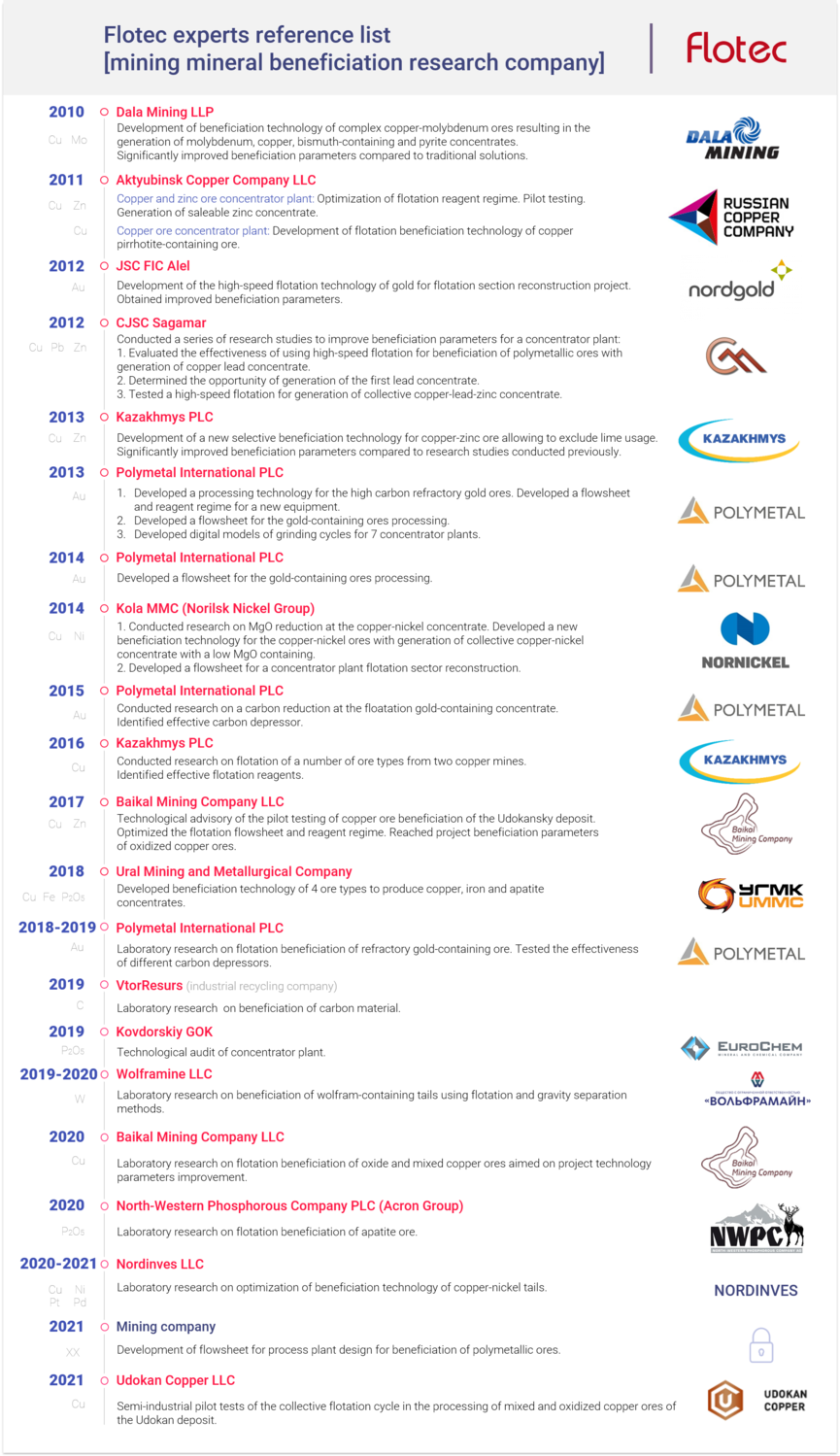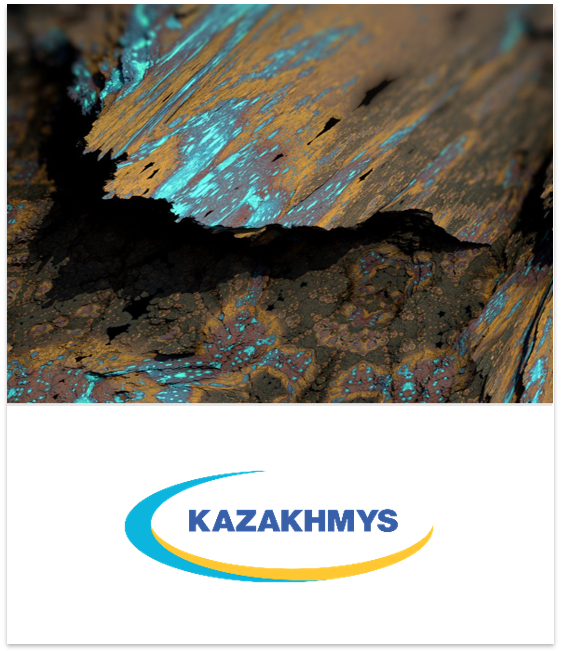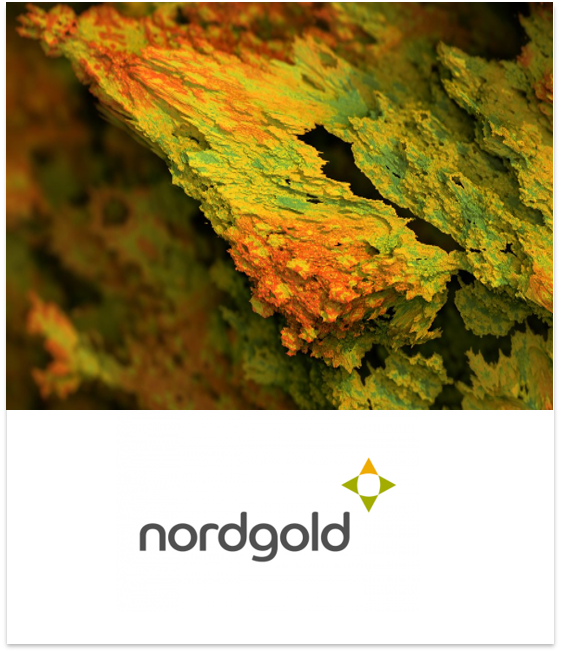Kola MMC
(PJSC MMC Norilsk Nickel Group)
In the course of research, a flotation technology has been developed that makes it possible to reduce the MgO content in the finished copper-nickel concentrate to 5%.
The high content of MgO in the final copper-nickel concentrate significantly increases the costs of its further processing in the metallurgical stage.
To obtain a concentrate with a low MgO content, a reagent regime was developed using modern flotation reagents.
During the development of the technology, minimal adjustments were made to the configuration of the existing beneficiation scheme of the plant.





